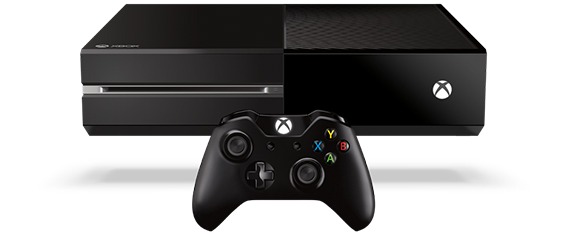Lost in its announcement of the Xbox One release date was Microsoft’s note that it has increased the Xbox One specs for both the CPU and GPU since revealing them at E3. The increased Xbox One specs don’t on the surface seem like much, but when you consider the overall power of both the Xbox One and PlayStation 4, any incremental boost is notable.
Yusuf Mehdi, Microsoft Corporate VP of Marketing for Xbox, said “the development team has increased the CPU from 1.6GHZ to 1.75GHZ, roughly a 10 percent increase in CPU performance. This is on top of the 6% increase we previously announced for the GPU.”
That previous GPU announcement was made by Xbox One chief product officer Marc Whitten in an interview with Microsoft’s Larry “Major Nelson” Hryb. During that August podcast, Whitten said “This is the time when we’ve gone from the theory of how the hardware works … to actually having it in our hands. That’s the time when you really start tweaking the knobs. Either your theory was dead-on, or you were too conservative, or you were a little too aggressive. And an example of that is we’ve tweaked up the clock speed on our GPU from 800 MHz to 853 MHz.”
Both the Xbox One and PS4 use eight-core CPUs based on AMD’s “Jaguar” chip, which is generally seen as a low-power CPU architecture. The GPU’s increase in Xbox One specs was nicely aligned with that architecture, as a low-power CPU would operate just fine. So hearing that Microsoft boosted the Xbox One specs in the CPU category by 10% was somewhat surprising. In a pleasant way.
Interestingly, though, both boosts in Xbox One specs still don’t push Microsoft’s console above the PS4’s specs, at least not on paper. According to ExtremeTech, “The fact of the matter is that the Xbox One’s cores are underclocked, probably to reduce power consumption, and thus heat and noise generation. Microsoft could happily bump both cores up another 10% and still be within the operational envelope — the console would just be a bit noisier. While a free speed boost is of course nice, this isn’t going to make up the massive performance lead granted by the PS4′s GPU, which has 50% more compute units (cores), and thus 50% higher theoretical peak performance.”
But theory is theory; all that really matters is the end-result games. And whether these boosted Xbox One specs actually have an impact in final games is completely up to developers. Fortunately, the Xbox One has some incredibly promising first- and third-party titles lined up for it, as does the PS4. What do you think: are these boosted Xbox One specs actually going to make a difference? Or, is it just fanning the flames of fanboy wars leading up to the console’s launches this November? Sound off in the comments below.


